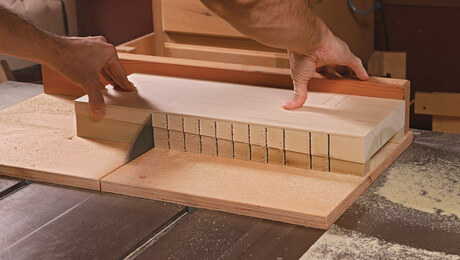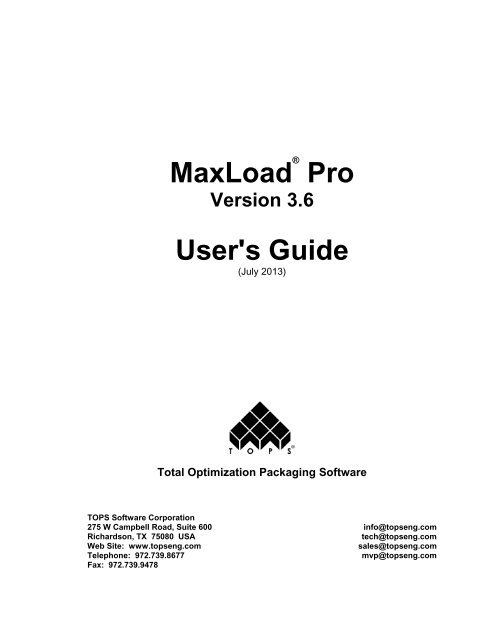

There’s still a lot that can be added to the crosswalk button, but Louis Challis’s base design proves that simplicity and ease of access are definitely the way to go when designing something for the long run. The product is still in its concept stage, but with the winnings from a local competition, she’s well on her way to making her dream a reality. Instead of touching them with their grubby hands, pedestrians can simply kick the button when they want to cross the road. Grace Howard, an eight-year-old girl from Malvern, even thought up a “kick me” button which can be placed at the bottom of the crosswalk traffic light poles. Some crosswalks even have paved lights for those looking down at their phone. To prevent people from touching the same button (thereby risking the spread of COVID-19), most crosswalk buttons are automated and have signs posted nearby. The automation of the crosswalk button is even more common now in the throes of a pandemic. To compensate for this, areas in Australia with high Jewish populations have their crosswalk buttons set to automatic during these special days. During Sabbath days, for instance, some Jews view any sort of interaction with electrical devices as actual work. You wouldn’t pay this any mind if you have visual acuity near 20/20 but for the vision impaired, touching the arrow helps them easily ascertain which direction they should go.Įven though the design has been around for 50 years, it still manages to stay current. The sound also sends vibrations throughout the button which can be felt when touched – letting those with bad or no hearing know when it’s safe to cross.Ībove the crosswalk button is a textile arrow. Using this data, it adjusts its own volume to create a sound that is audible above the surrounding noise, but not too loud that it becomes annoying. The button has a built-in microphone that takes in ambient noise. Besides that sound, however, what makes this particular pedestrian crossing stand out globally? To find out, Julian O’Shea took a deep dive into the history and design of this simple and often overlooked part of Australian society.Ĭreated in 1976 by Louis Challis (regarded as Australia’s leading acoustical engineer) and his associates, the button was the product of the country’s search to find a crosswalk system that could be used by the vision and hearing impaired. This beat, which is used in Billie Eilish’s 2019 hit “Bad Guy”, is that of the Australian pedestrian crossing. You may have heard it before: the metronome-like beat that progresses to a rapid, thumping sound that instinctively calls for rapid movement. Locations is the same concept in electrical design. An analog would be assemblies and sub-assemblies inside of the mechanical system. This makes it easy to capture their relationship to the mechanical system that is being developed. In SOLIDWORKS Electrical, the primary tool that you have at your disposal for helping to get organized are what’s called “locations.” Locations are groups of components that exist within your electrical project.
#Plank cutlist optimizer how to
Watch the video to take a closer look at how to get organized using SOLIDWORKS Electrical Locations:

We’ll be focused on how SOLIDWORKS Electrical can help you get a grip on the number of devices that you have present within a system design starting with proper component management best practices. 2ġ1 Milling & Casework, Shop Drawings & Detailingġ6 Sample Cards, Books for Veneers, Laminates, Tiles, Etc.This article looks at how to get more organized with an electrical system design.

6Ĥ Purchasing of Close-out & Discontinued InventoriesĮ-Z Lease, a Division of Holz-Her U.S. RETC-Reich Education and Technology Center 2 2,4Ħ Pollution, Air, Control Equipment, Consulting & Testingħ Pollution, Noise, Analysis, Design and Manufacture of NoiseĨ Pollution, Water, Control Equipment & ConsultingĪktrin Furniture Information Center 1,2,3,4,6 Pattern Systems International 1,2,3,4,5,7
#Plank cutlist optimizer free


 0 kommentar(er)
0 kommentar(er)
